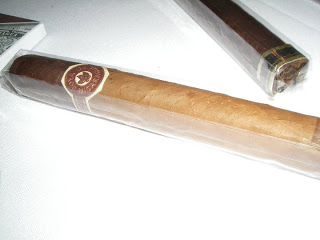 |
| The Joya de Nicaragua Cabinetta Serie – Toro |
Double wrapper cigars are nothing new to the cigar business. There have been many successful barber-pole (i.e. Camacho Liberty 2007) and pinstripe (CAO Cigars) cigars that provide a terrific level of complexity. However, 2010 seems to be the year of the combining two different wrappers creating “segments” on a cigar. This year La Gloria Cubana introduced the Artesanos de Tabaqueros stick with a Connecticut shade foot wrapped with larger Ecuadorian Sumatra segment. This year, Joya de Nicaragua introduced the Cabinetta Serie. This stick is a larger Ecaudorian Shade Wrapper segment with a Nicaraguan Criollo on the cap. While a milder stick than what Joya de Nicaragua has produced in the past, it nonetheless is a great stick with terrific complexity for a stick that pretty much is in the mild to medium strength range.
As mentioned in Tales from the IPCPR Part 13, in 2008 Joya de Nicaragua ended their distribution agreement with S.A.G. Imports and now is teaming with Drew Estates. This provided an avenue for Drew Estates to capitalize on the more traditional cigar market (in addition to its Liga Privada line). Perhaps some of the innovation that Drew Estates is famous for was passed back to Joya de Nicaragua resulting in Dr. Alejandro Martinez Cuenca creating this two-tone cigar.
There are four sizes for the Cabinetta Serie:
No.2 Belicoso 6 x 54
No.7 Toro 6 x 50
No.4 Robusto 5 x 52
No.11 Corona Gorda 5 1/4 x 46
Here are the tobaccos included:
Wrapper Ecaudorian Shade Wrapper with a Nicaraguan Criollo toward the cap
Binder Nicaraguan
Filler: Nicaraguan
For this review, I selected the No 4. Robusto (this is not the one pictured). The light up was relatively easy and this cigar burned flawlessly once lit. I did not have to touch-up this cigar a single time.
I felt the taste profile is really what made this cigar special. I normally don’t break my cigar up into thirds to review, but for this one I felt it was necessary.
First Third: This cigar started out extremely mild where I had little to no flavor. I was concerned, but after a couple of minutes some nutty tones emerged. However, as the stick burned, the nutty tones became more prevalent and this developed a very nice taste. Still the strength was mild by all accounts.
Second Third: Around the 1/3 point, I got some acidic tartness. The tartness lasted for about a minute or two, and then faded. With that came an increase in strength. This was still mild, but not as mild as the first third. Along with that increase in strength came the creamy, buttery tones that were advertised.
Last Third: As this part began, the approach to the Criollo segment began. At the start of the last third which was still in the Ecuadorian Shade, a hint of salt emerged. Slightly before the Criollo segment began to burn, there was a sudden transition. This reminded me of the sudden transition of the Artesanos de Tabaquero. When the transition occurred there was a coffee-like richness that overtook the nut, butter, and cream tones from the Ecuadorian Shade portion. There was definitely a kick of strength at the end. The only disappoint is that the end did burn a little warm and soft.
This is an interesting contrast to the Artesanos de Tabaqueros in that this cigar is mostly mild for the duration while the Artensanos is much fuller for the duration of the smoke. As someone who prefers a more full profile, the Artesanos probably would be the stick I would reach for first – however this is a great change of pace cigar. It is also something that could appeal to the person who likes mild smokes with a little kick. Definitely a stick I would recommend.
Assessment: Nice to Have




